ECONOMY
25 Most Influential Inventions That Baby Boomers Have Witnessed Come To Life
Published
1 month agoon

Shutterstock
The latter half of the 20th century and the early years of the 21st have been marked by rapid technological innovations that have reshaped everyday life and the global landscape. From the creation of the personal computer that revolutionized how we gather information and communicate, to the emergence of the internet that connected the world in unprecedented ways, these inventions have laid the foundation for a digital age. Mobile phones have evolved into smartphones, becoming virtually indispensable tools for personal and professional use. Developments like GPS and LED lighting have enhanced our lives with improved navigation and energy efficiency. Each of these inventions has not only transformed specific industries but has also contributed to the interconnectedness and sustainability of our world today.
Personal Computer

Shutterstock
The personal computer (PC) transformed everyday life by making computing accessible to the masses. It revolutionized how we work, enabling new forms of productivity and digital business. Educational environments and personal learning have also greatly benefited, making information and resources more accessible than ever. Over the decades, PCs have evolved from bulky desktops to sleek, powerful laptops, continually adapting to consumer needs and technological advances.
Internet

Shutterstock
The Internet has been a foundational shift in our society, connecting billions of people worldwide and serving as the backbone of information exchange. It has democratized access to information, disrupted traditional industries, and created new ones in its wake. Social networks, online shopping, and digital media are just some of the sectors that have flourished under its influence. The Internet continues to evolve, driving innovations in countless fields and shaping the way we communicate and consume content.
Mobile Phones

Shutterstock
Mobile phones have evolved from simple communication devices into essential tools for modern living, offering more than just voice communication; they provide internet connectivity, applications, and multimedia functionality. Their evolution into smartphones has changed the landscape of communication, making it possible to connect with others through video calls, social media, and instant messaging. Smartphones are now central to navigation, photography, and entertainment, deeply embedded in daily life. The continuous innovation in mobile technology drives societal change and shapes new cultural norms.

Shutterstock
Email has become a fundamental part of personal and professional communication, offering a quick and easy way to exchange information across the globe. It supports the demands of modern businesses by facilitating fast, direct communication and document sharing. Beyond the corporate world, email plays a critical role in maintaining personal connections and managing daily tasks efficiently. Its impact on communication is profound, altering how we interact and maintain relationships in the digital age.
GPS Technology
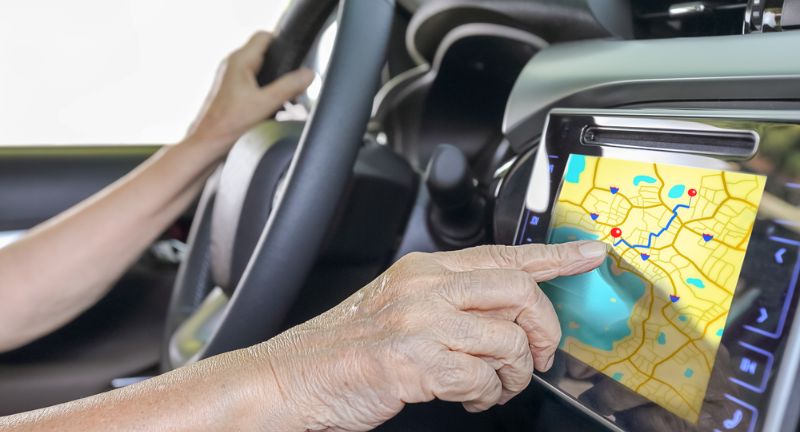
Shutterstock
GPS technology has revolutionized navigation and location tracking, providing precise positioning and timing information globally. Originally developed for military use, GPS is now integral to everyday activities such as driving, hiking, and managing logistics operations. It enhances safety and efficiency by helping people and goods reach their destinations more effectively. The widespread adoption of GPS has spurred advancements in industries from agriculture to urban planning, highlighting its broad utility.
Microwave Oven

Shutterstock
The microwave oven is a staple in modern kitchens, drastically reducing food preparation time and simplifying meal prep. This invention has changed cooking habits by providing a fast, convenient method to heat food, preserving nutrients and flavor better than some conventional cooking methods. It is particularly valued for its efficiency in reheating leftovers and making quick meals, making it a favorite among those with busy lifestyles. As technology has advanced, microwave ovens have incorporated features such as grilling and convection cooking, expanding their functionality.
LED Lighting

Shutterstock
LED lighting has brought significant advancements in energy efficiency, longevity, and environmental sustainability. LEDs consume significantly less power than traditional incandescent bulbs, leading to widespread adoption in homes, cities, and electronic devices. The flexibility of LED technology allows for innovation in design, enabling dynamic lighting solutions and integration into smart home systems. Its impact extends beyond just energy savings, contributing to a reduction in overall carbon emissions and fostering a shift towards sustainable living.
ATM (Automated Teller Machines)

Shutterstock
ATMs revolutionized the banking industry by making financial transactions accessible outside of traditional bank branches and during non-banking hours. They offer convenience, allowing users to withdraw cash, deposit funds, and perform other banking tasks independently. The proliferation of ATMs has facilitated greater financial inclusion and accessibility, even in remote areas. This innovation not only enhances customer convenience but also reduces the workload on bank staff and improves the efficiency of banking operations.
Barcode Scanning

Shutterstock
Barcode scanning technology has streamlined the checkout process, inventory management, and logistics tracking, becoming essential in retail and manufacturing. It increases accuracy and efficiency by automating data entry, reducing human error, and speeding up transactions. Barcodes and scanners have evolved to include QR codes and mobile scanning, integrating more deeply with digital systems. This technology supports a wide range of industries, from grocery stores to global supply chains, enhancing operational capabilities.
Laser Technology

Shutterstock
Laser technology has widespread applications across various fields including medicine, manufacturing, and entertainment. In healthcare, lasers are used for precise surgical procedures, improving outcomes and reducing recovery times. In manufacturing, they enhance precision in cutting and shaping materials. Lasers also create spectacular effects in entertainment, proving their versatility and impact on modern technology.
MRI and CT Scans

Shutterstock
MRI and CT scans have revolutionized medical diagnostics by providing detailed images of the body’s internal structures. These imaging techniques are crucial for detecting and diagnosing diseases early, particularly in fields such as oncology, neurology, and orthopedics. MRI uses magnetic fields and radio waves to produce images, while CT scans use X-rays to create cross-sectional pictures. Their non-invasive nature allows for safer diagnosis and monitoring, significantly impacting patient care and treatment planning.
Fiber Optics
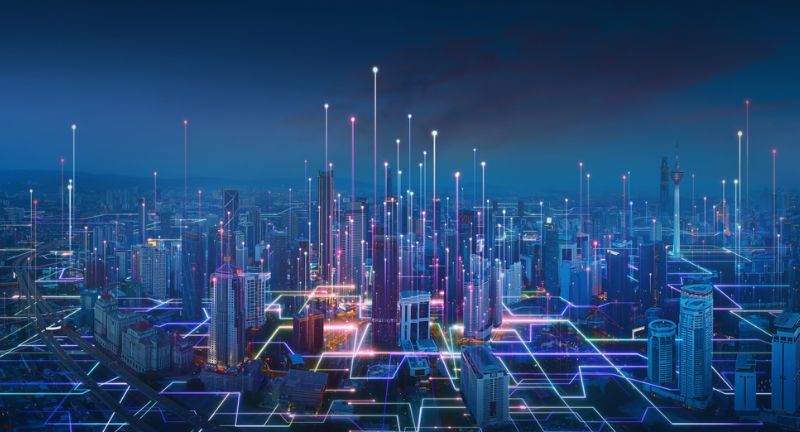
Shutterstock
Fiber optics technology has significantly improved telecommunications, providing faster and more reliable data transmission over long distances. It uses light to transmit data, offering much higher speeds and greater bandwidth than traditional metal cables. Fiber optics is also crucial in medical instruments, enabling high-resolution imaging and minimally invasive surgeries. Its resistance to electromagnetic interference makes it ideal for sensitive communications and critical infrastructure.
Lithium-Ion Batteries
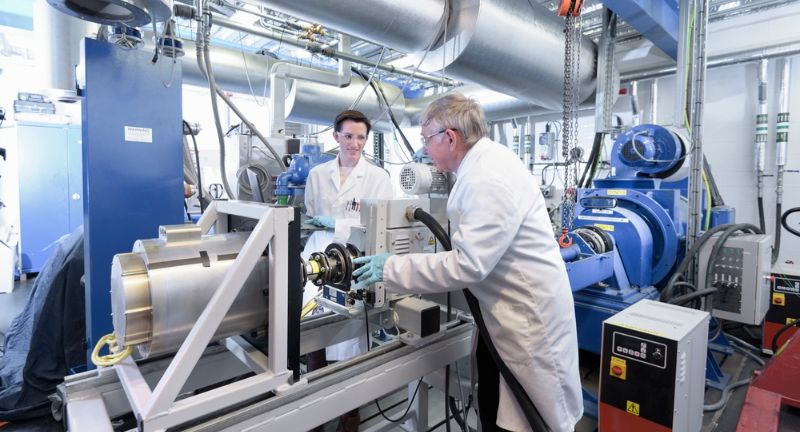
Shutterstock
Lithium-ion batteries have transformed portable power by providing high energy density and long life spans. These batteries are crucial for powering a wide range of devices from smartphones to electric vehicles. Their ability to recharge and maintain energy efficiency over time has driven the expansion of mobile technology and sustainable transportation. The ongoing development in lithium-ion technology continues to push the boundaries of energy storage, making renewable energy more practical and accessible.
Digital Camera

Shutterstock
The digital camera has revolutionized photography by capturing images digitally, making it easier and faster to view, edit, and share photos than traditional film. This invention has democratized photography, allowing more people to capture high-quality images and explore creative expressions. Digital cameras have evolved significantly, incorporating advanced features like high-resolution sensors and connectivity options. Their impact extends beyond personal use, affecting fields such as journalism, science, and security.
Social Media Platforms

Shutterstock
Social media platforms have reshaped global communication, creating new spaces for interaction, cultural exchange, and business. They enable individuals to connect, share information, and organize communities around shared interests. Social media has also become a powerful tool for marketing, news distribution, and influencing public opinion. The dynamic nature of social media continues to influence political, social, and economic discussions worldwide.
Wi-Fi

Shutterstock
Wi-Fi technology has enabled wireless access to the Internet, liberating users from the constraints of wired connections. This technology supports a variety of devices simultaneously, providing connectivity in homes, offices, and public spaces. Wi-Fi has facilitated the growth of other technologies such as smart home devices and mobile computing. Its importance continues to grow as more aspects of daily life depend on being connected online.
E-commerce

Shutterstock
E-commerce has changed the retail landscape, allowing consumers to shop for goods and services from the comfort of their home. This innovation has led to the rise of giant online retailers and transformed consumer shopping habits. E-commerce supports a wide range of industries, from small artisan shops to global corporations, enabling them to reach a broader audience. The convenience and efficiency of online shopping continue to drive its expansion, shaping the future of retail.
Voice-Activated Assistants

Shutterstock
Voice-activated assistants have brought artificial intelligence into homes, making it possible to control devices and access information through voice commands. These assistants enhance convenience, allowing users to interact with technology hands-free. They are integrated into various devices such as smartphones, speakers, and appliances, broadening their utility. As AI technology evolves, voice assistants are becoming more sophisticated, providing more accurate responses and interactions.
Solar Panels
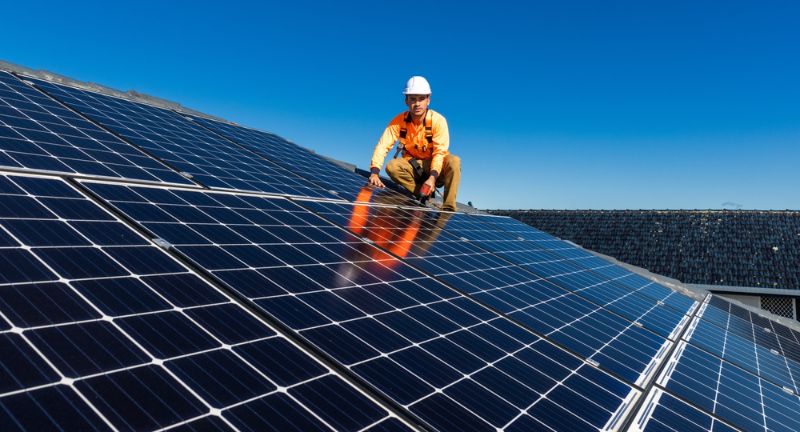
Shutterstock
Solar panels are pivotal in the push towards renewable energy, converting sunlight directly into electricity without pollution. They are an essential component in combating climate change and reducing reliance on fossil fuels. Solar energy technology has improved in efficiency and cost, making it accessible to more homes and businesses. The widespread adoption of solar panels demonstrates a global shift towards sustainable energy practices.
Wind Turbines

Shutterstock
Wind turbines have become a symbol of sustainable energy, harnessing the power of the wind to generate electricity. They play a crucial role in reducing carbon emissions and are part of a broader strategy to meet global energy demands sustainably. Wind energy is one of the fastest-growing energy sources worldwide, contributing significantly to national power grids. The development of wind farms, both onshore and offshore, is crucial for achieving environmental targets and ensuring a stable energy future.
Video Streaming Technology
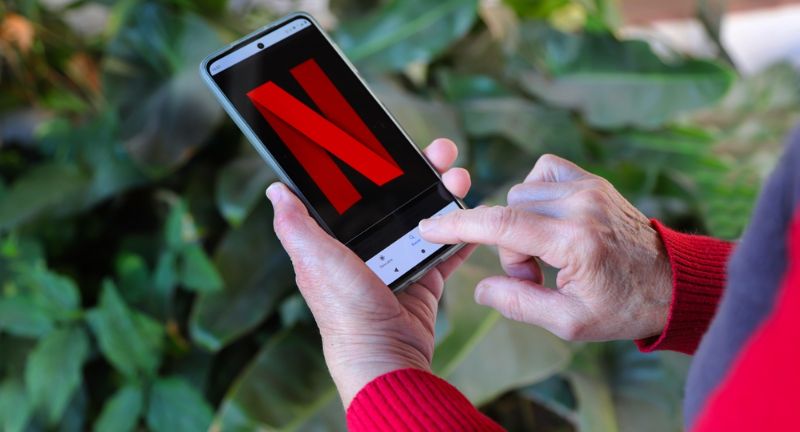
Shutterstock
Video streaming technology has transformed the entertainment industry, allowing users to access films, TV shows, and live broadcasts on demand. This technology has disrupted traditional television and changed the way content is produced, distributed, and consumed. Streaming platforms offer a vast array of content accessible from any device with an internet connection. The rise of streaming services continues to shape media consumption habits and has led to the emergence of numerous new content creators and business models.
The Space Shuttle
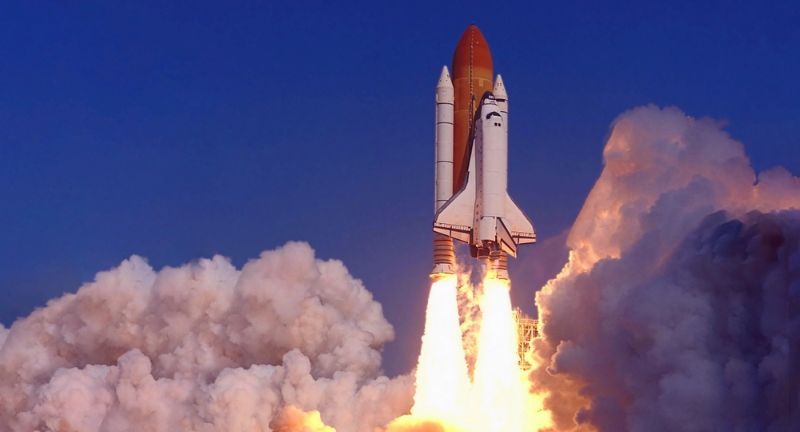
Shutterstock
The Space Shuttle was a monumental invention in the field of aerospace, providing a reusable vehicle for space exploration. It enabled numerous scientific discoveries, satellite deployments, and the construction of the International Space Station. The shuttle program demonstrated the feasibility of long-term human operations in space. Despite its eventual retirement, the space shuttle has left a lasting legacy on space travel and continues to influence current and future aerospace technologies.
Artificial Heart

Shutterstock
The artificial heart is a critical development in medical technology, offering life-saving solutions for patients with end-stage heart failure. This invention has paved the way for advancements in biomedical engineering and artificial organ transplantation. Artificial hearts are used as a bridge to heart transplantation or, in some cases, as a permanent solution. The technology behind artificial hearts continues to evolve, improving the quality of life for patients and expanding the possibilities within the field of organ replacement.
3D Printing

Shutterstock
3D printing technology has revolutionized manufacturing by allowing for rapid prototyping, custom manufacturing, and complex designs that are not possible with traditional methods. It is used across various industries, including healthcare, where it assists in creating custom prosthetics and implants. The flexibility and adaptability of 3D printing promote innovation and efficiency in production processes. As 3D printing technology continues to evolve, it is expected to transform production models in many more sectors.
Hybrid Vehicles

Shutterstock
Hybrid vehicles represent a significant advancement in automotive technology, combining traditional gasoline engines with electric motors to reduce emissions and increase fuel efficiency. This innovation is crucial in the transition towards more sustainable transportation options. Hybrid cars have become increasingly popular, offering an accessible alternative for reducing carbon footprints while maintaining the performance and range of conventional cars. The development of hybrid technology is a step towards fully electric vehicles and a cleaner, greener future.
Conclusion

Shutterstock
The inventions we’ve explored represent just a fraction of the ingenuity and innovation that has characterized the modern era. They illustrate how technology can drive societal progress, improve daily life, and open new frontiers in science and industry. As we continue to advance, these technologies lay the groundwork for future innovations that will further transform our world in ways we can only imagine. Reflecting on these developments reminds us of the incredible potential of human creativity and its capacity to solve complex challenges. Looking forward, it’s exciting to consider what new inventions will emerge and how they will continue to shape our future.
More From Local News X
-


A Boomer’s Guide To Retirement, 25 Tips To Be Prepared…
-


25 States That Have The Happiest People
-


30 Things To Do Before Turning 30 Years Old
-


39 Ways To Make Better Spending Decisions Over Time
-


22 Movies Throughout History That Have Shaped The Children’s Toy…
-


If You’re In Credit Card Debt, Do These 33 Things…
-


26 Things That People Under 30 May Not Understand
-


25 Strangest World Records That Don’t Seem Real
-


20 Most Common Home Renovations People Make Within The First…
-


25 Classic Movies That Are Worth Seeing At Least Once
-


17 U.S. Cities Where Second Home Buyers Are Driving Up…
-


25 Challenges Kids Are Facing Now That They Didn’t Face…
